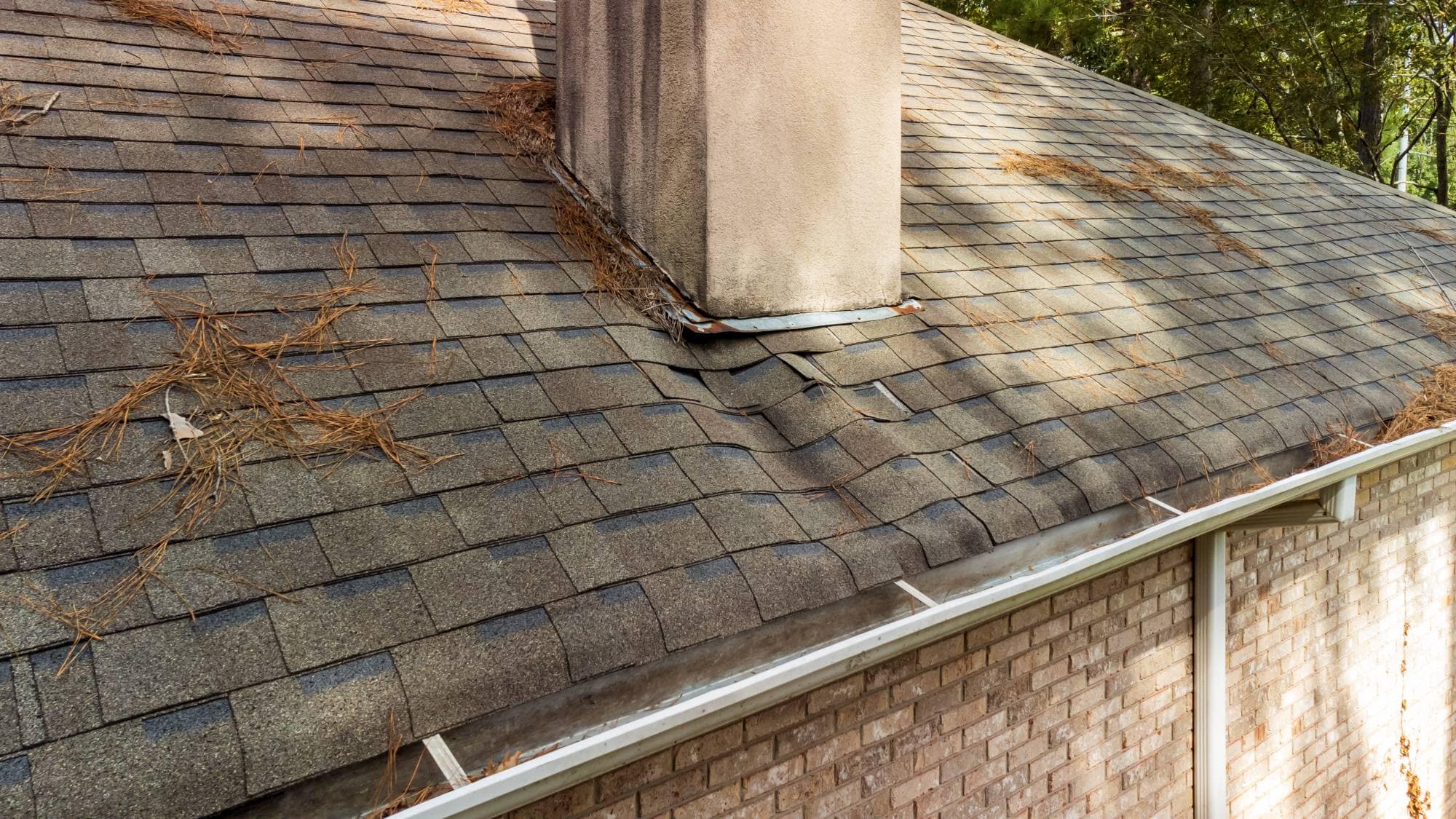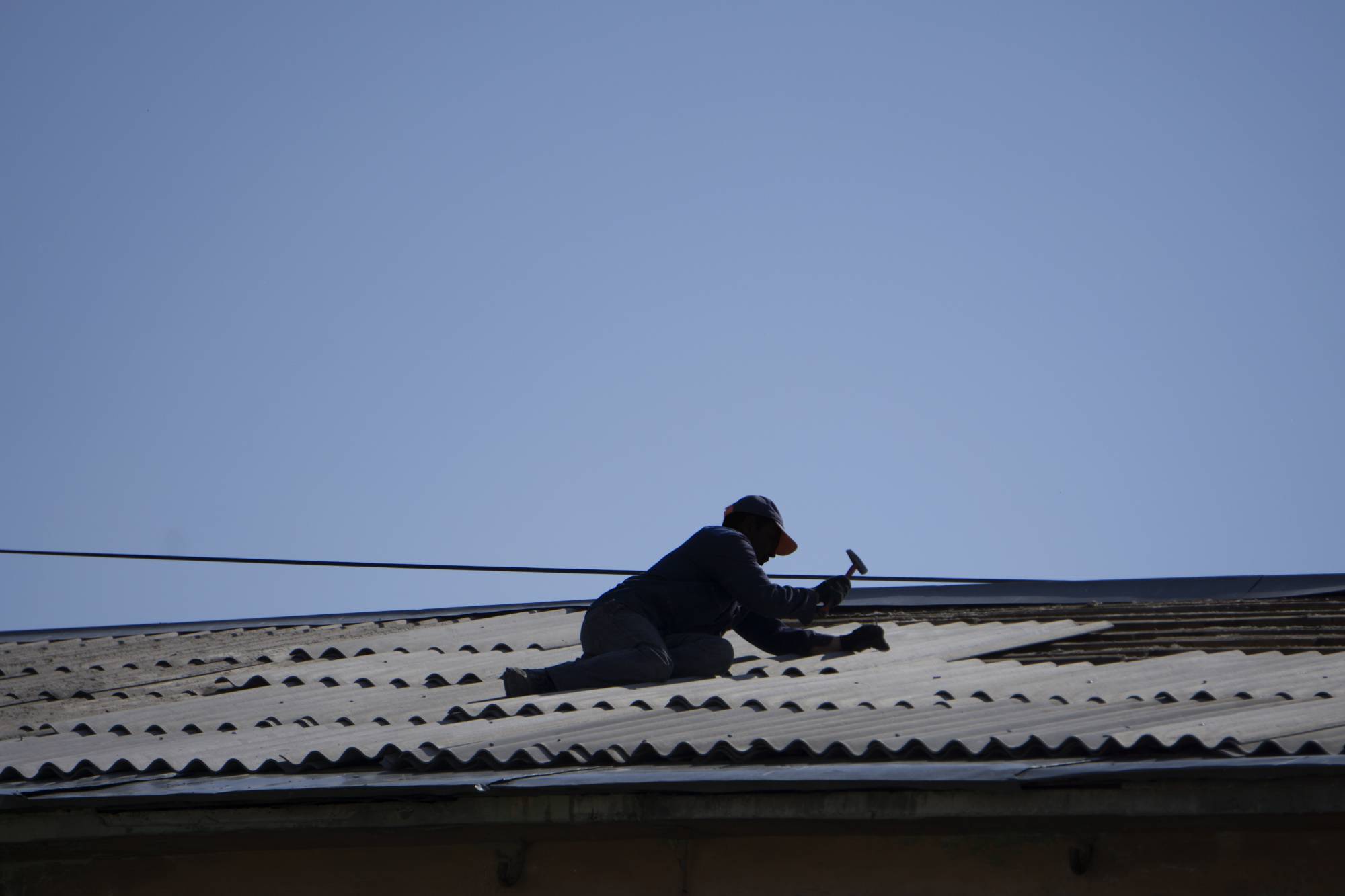Fast, lasting chimney leak repairs that protect your Pawtucket home from costly water damage and structural issues.

Hear from Our Customers

Water stains on your ceiling? Dampness near your fireplace? You’re looking at the early signs of a chimney leak that will only get worse with Pawtucket’s harsh weather cycles.
Every day you wait, water is working deeper into your home’s structure. It’s soaking into framing, ruining drywall, and creating the perfect conditions for mold growth. What starts as a small stain becomes a major renovation project.
We stop chimney leaks at their source with proper flashing repairs, crown restoration, and waterproofing that actually works. No temporary patches. No crossed fingers hoping it holds through the next storm. Just real solutions that keep your home dry and your family safe.
We’ve been protecting homes throughout Providence County since the late 1990s. We’ve seen every type of leak Pawtucket’s older housing stock can throw at us, from failing flashing on century-old colonials to crown deterioration on mid-century ranches.
Our family-owned business operates with the same principle we’ve always followed: treat every home like it’s our own. That means thorough diagnosis, quality materials, and repairs that last decades, not seasons.
We understand Pawtucket’s unique challenges. The city’s proximity to the coast means your chimney faces salt air that accelerates deterioration. The freeze-thaw cycles common in Rhode Island create expansion and contraction that opens up cracks. We factor all of this into every repair we make.

First, we conduct a comprehensive assessment of your entire chimney system. We’re not just looking at the obvious problem area. We examine the crown, check every mortar joint, inspect the flashing thoroughly, and identify exactly where water is getting in and what damage it’s already caused.
Next, we develop a repair plan that addresses the root cause, not just the symptoms. This might involve replacing compromised flashing with high-grade materials, applying breathable waterproofing that prevents absorption while allowing trapped moisture to escape, or rebuilding sections of the crown with proper drainage.
Finally, we execute the repairs using techniques and materials designed for New England’s challenging weather. We protect your home during the work process with multiple layers of drop cloths and use specialized equipment to ensure no mess is left behind. You get a dry chimney and a clean house.

Ready to get started?
Our chimney leak repair service covers every potential entry point for water. We repair and replace flashing using materials that match your roof and provide long-term protection. Crown repair involves removing damaged concrete and rebuilding with proper slope and drainage. Masonry restoration addresses deteriorated bricks and mortar joints that allow water penetration.
In Pawtucket’s climate, we also recommend chimney cap installation or replacement. A properly fitted cap prevents rain and snow from entering directly down the flue while allowing proper ventilation. We use stainless steel caps that resist corrosion from salt air and provide decades of protection.
For homes with recurring moisture issues, we apply breathable waterproofing treatments that create a barrier against water absorption while allowing existing moisture to escape. This prevents the freeze-thaw damage that’s so common in Rhode Island winters. Every repair comes with our commitment to quality workmanship and materials that stand up to whatever weather Providence County delivers.
